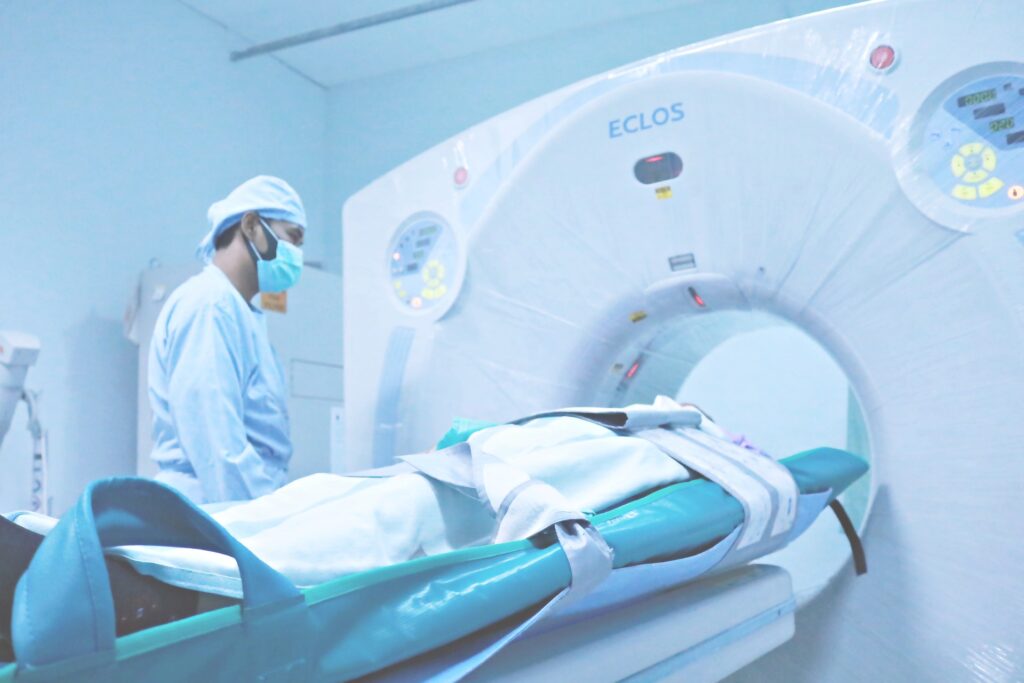
Sickle cell trait symptoms in babies may appear first as swollen hands or feet. This symptom may also be a sign of a more serious illness. SCD can result in severe anemia. However, there are treatments that can alleviate the symptoms. Here are some sickle cell trait symptoms you may find in babies.
A physician specializing in blood disorders can diagnose and treat sickle cell disease. They can collaborate with a pediatrician to provide the best care for babies with sickle cell disease. Some pediatric centers have multidisciplinary clinics that focus on sickle cell patients. The most important step in diagnosis is timely treatment and monitoring.
Treatment options for sickle cell
The options for sickle cell and treatment trait depend on the severity of the symptoms and age of the child. Treatment may involve taking special precautions to prevent infections and manage pain. Infections are the leading cause of death in children with sickle cell disease. Patients with sickle cell trait should avoid physical activity to reduce the chances of complications.
For severe cases, treatment options may include antibiotics, surgery, or hydroxyurea. These treatments reduce sickle cell count and can reduce pain, hospital stays, and complications. However, long-term anemia can lead to delays in growth and healing.
A family history of SCD increases the risk of the disease in children. While it affects mostly African and Caribbean people, the trait can also occur in Mediterranean countries, Latin America, and the Middle East. There are also some American Indians with the trait. The symptoms of SCD include anemia, which makes the child pale and tired.
Causes of sickle cell anemia
Sickle cell anemia is a deficiency of healthy red blood cells. It can lead to extreme tiredness and shortness of breath. It can also cause a person to have a rapid or irregular heartbeat. Pain may occur anywhere in the body, but it usually occurs in the bones. The symptoms can be life-threatening.
The distorted red blood cells in sickle cell disease stick to blood vessel walls and can block the blood flow. This limits the amount of oxygen that can reach vital organs, causing severe pain. The pain can occur suddenly and without warning. It can also lead to stroke, infections, and eye problems. If not treated promptly, sickle cells can lead to life-threatening complications. In children, the condition can also result in delayed growth.
Sickle cell anemia is often associated with cardiovascular diseases. It also increases the risk of severe COVID-19 illnesses. It affects more than one million people worldwide and accounts for more than 300,000 births each year. Over 75 percent of them are from developing countries. In the United States, sickle cell disease affects about 100,000 people.
In most cases, sickle cell anemia is caused by a gene mutation. This mutation affects hemoglobin in the blood, which is the red substance in the blood that carries oxygen from the lungs to the rest of the body. The gene must be passed on from both parents. A child who inherits this trait is considered to be sickle cell positive
Types of sickle cell disease
There are various types of sickle cell disease. Each type has its own symptoms, and treatment is dependent on the severity of the disease. Mild forms do not require treatment, while moderate to severe cases require frequent blood transfusions and stem cell transplant. Healthy living habits can help to control the symptoms of the disease and can help avoid more severe complications.
The most common symptom of sickle cell disease is pain. The pain experienced by patients with sickle cell disease can vary widely in intensity and duration. The pain is caused by damage to the body tissue. Patients can use heat and over-the-counter pain medicines to relieve the pain. However, severe episodes may require hospitalization or the administration of strong pain medicines.
The treatment for sickle cell disease is aimed at preventing infection, controlling pain, and preventing complications. Infections are the leading cause of death for children with sickle cell disease. Vaccines are also an important part of the treatment. Early diagnosis is key to managing the disease effectively.
Patients may undergo regular visits to a pediatric hematologist to ensure that they are receiving the correct treatments for their symptoms. Infections may occur during an acute episode or in the later stages of the disease. Patients are also regularly given blood transfusions to reduce the risk of stroke.
The disease is caused by a faulty gene from one parent. If you inherit the gene from both parents, you will have a higher risk of developing the disease. Those who have two faulty genes from either parent have HbSS (Hemoglobin S), which is the most severe type of sickle cell disease.
The Difference between Sickle Cell Anemia and Sickle Cell Disease
Sickle cell anemia is a condition in which a person does not have enough RBCs (Red blood cell). This leads to chronic low levels of oxygen in the blood, which can damage organs and nerves. If left untreated, sickle cell anemia can lead to a shortened life expectancy.
Sickle cell anemia can also cause a splenic enlargement, which can be painful. People with sickle cell anemia may also develop leg ulcers, particularly in people who are born male. These sores are often on the legs, with the most common areas being the ankles.

Symptoms of sickle cell anemia typically begin when a baby is about five to six months old. They may persist or become more severe over time, which makes it important to visit a doctor if you notice new symptoms. If the symptoms become too severe, your healthcare provider may refer you to a hospital for treatment.
People with sickle cell anemia can also develop a stroke. When the sickled cells block the blood flow to an organ, they can block small blood vessels in the brain, causing a stroke. Symptoms may include a seizure, loss of consciousness, and weakness in the arms and legs.
The condition can also lead to other problems, such as chest pain or blood vessel damage in the lungs. In severe cases, the person may even experience premature death or organ damage. Because sickle cell anemia is genetic, it is often passed from parent to child. It is important to note that both parents of a child should carry the sickle cell gene.
If you liked the article, please donate!
